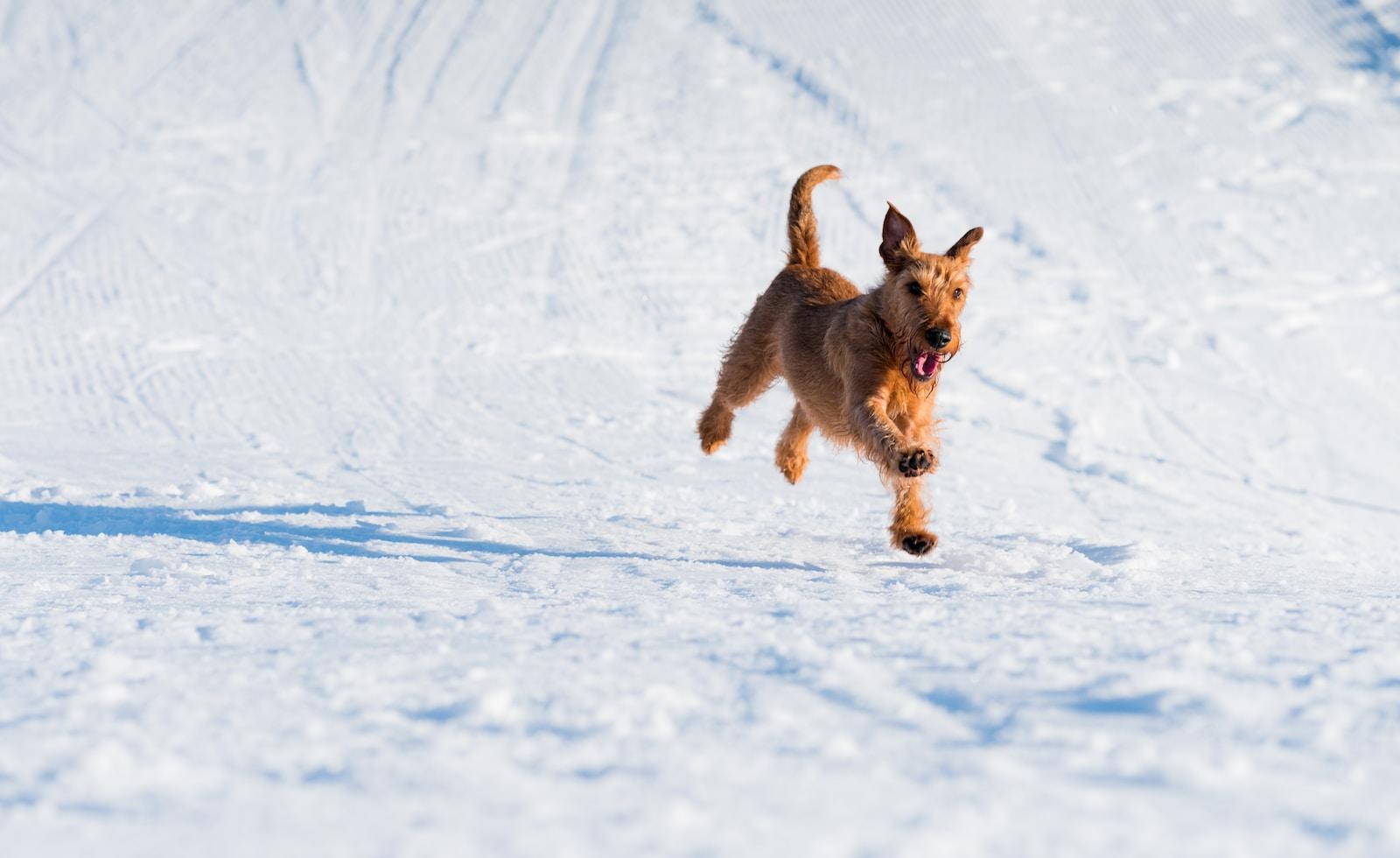We have summarized “How to walk on snowy roads that you should not let your dog do.” We will explain the measures that owners should take to protect their dogs from trouble when walking on snowy roads with their dogs, so if you are unsure whether or not to go for a walk, please check it out.
“How to walk in the snow” that you shouldn’t let your dog do
Depending on where you live, some dogs may have to be walked on snowy roads every day. Although my dogs rarely experience this, there are many dangers lurking when walking on snowy roads.
Therefore, this time, we will explain how to walk on snowy roads that you should not let your dog do. We will also introduce measures that owners should take to protect their dogs from trouble, so please use this as a reference.
1. Walking faster than usual
Snowy roads may be icy. If you walk faster than usual because it’s cold, both dogs and people are at risk of falling.
Snowy roads can make you lose your footing. The dog tries desperately to keep its balance. This can put a lot of stress on your limbs and joints, leading to muscle pain and arthritis.
The precaution that owners should take to protect their dogs from trouble is to walk more slowly and carefully than usual when walking on snowy roads.
Dogs that are not used to walking slowly will tend to walk in a hurry. I think it’s a good idea to walk while gently saying, “Can you take your time, ○○-chan?” Eye contact is also important.
2. Walking During Times of Heavy Traffic
Cars can also become slippery on snowy roads. The same goes for motorcycles and bicycles. If you simply take your dog for a walk during times of heavy traffic, both you and your dog are more likely to be involved in a traffic accident.
In particular, please avoid times when there is a lot of bicycle traffic. Cars and motorcycles can be noticed by the sound of their engines, but bicycles are silent. Bicycles can suddenly jump out, so please be careful not only when walking on snowy roads, but also when walking.
What owners should do to protect their dogs from trouble is to be aware of the times when there is a lot of traffic on days when they have to walk on snowy roads.
In areas that don’t get much snow, the time of day when traffic is heavy changes when it snows. Because I feel like I have to go earlier than usual.
3. Walking in the Snow
When it’s snowing, visibility is poor. People around you may not be aware of your dog’s existence. You also need to be careful about being trampled, traffic accidents, and fights between dogs you encounter.
I think there are some areas where it snows continuously all day long, so it might be a good idea to skip going for a walk on such days.
If you must go out for a walk to relieve your pet, try to wait until your dog has stopped for a while, and return home as soon as he has finished excreting.
What pet owners should do to protect themselves from trouble is to check the daily weather forecast. It’s useful to have an app on your smartphone that lets you check the times of heavy snowfall.
4. Long walks
Walking in the snow for long periods of time is a snowy walk that you should not allow your dog to do.
My paws become chilblains. Chilblains are painful and itchy, and your dog will relentlessly lick his paw pads. If this happens, the inflammation may spread further and cause sores on the skin and paw pads.
The best thing owners can do to prevent problems is to return home before their dog’s paws and paws get too cold.
The reason why your dog’s paws get chilblains when walking on snowy roads is because the blood vessels on the surface of the skin, which have narrowed due to cooling, rapidly widen as the dog is warmed up.
If you don’t mind, you may want to consider wearing rain shoes for a walk.
3 Things You Should Not Do When Leaving Your Dog at Home During the Winter!
summary
We’ve explained four ways you shouldn’t let your dog walk in the snow.
- Walking faster than usual
- Walk during heavy traffic hours
- A walk in the falling snow
- long walk
Snowy roads may be sprayed with chemicals such as snow-melting agents. If your dog licks it, even a small amount can cause poisoning.
It may get on your hands and feet, so when you get home from a walk, wash it off with a warm shower and dry it thoroughly with a hair dryer.
